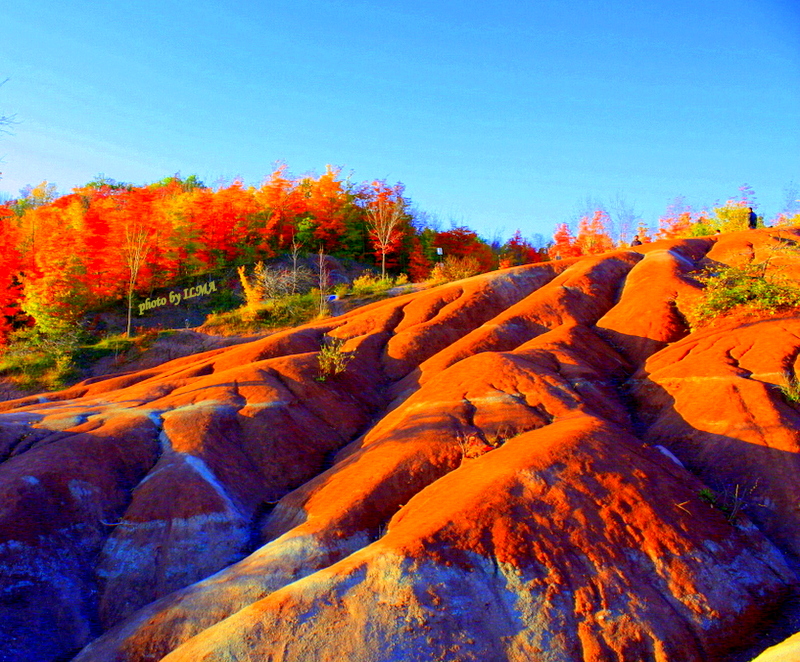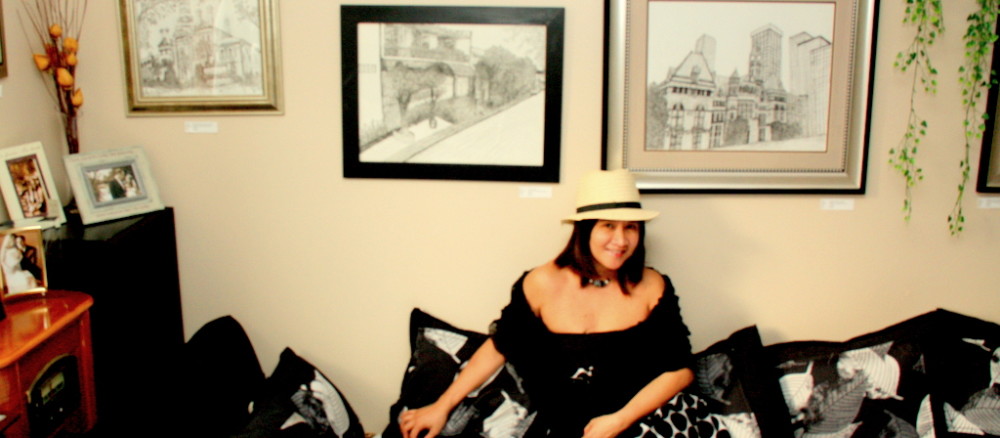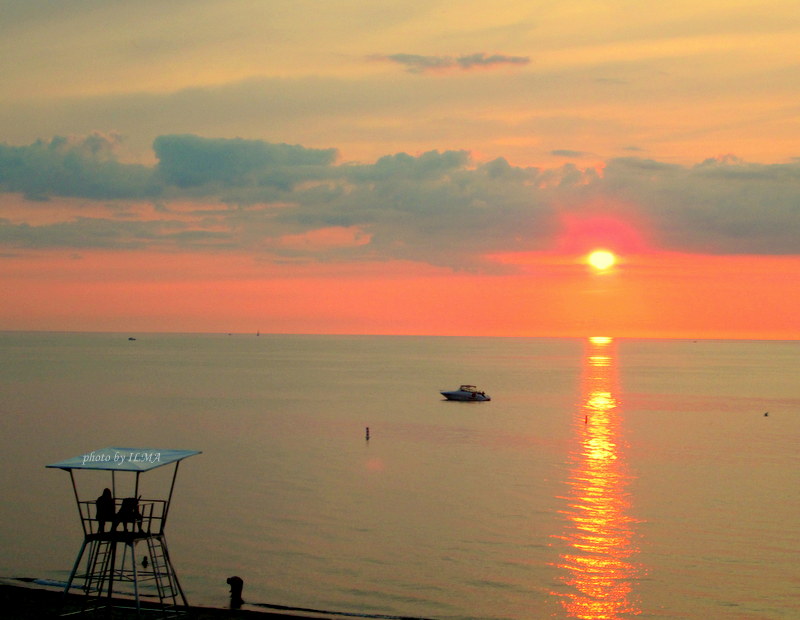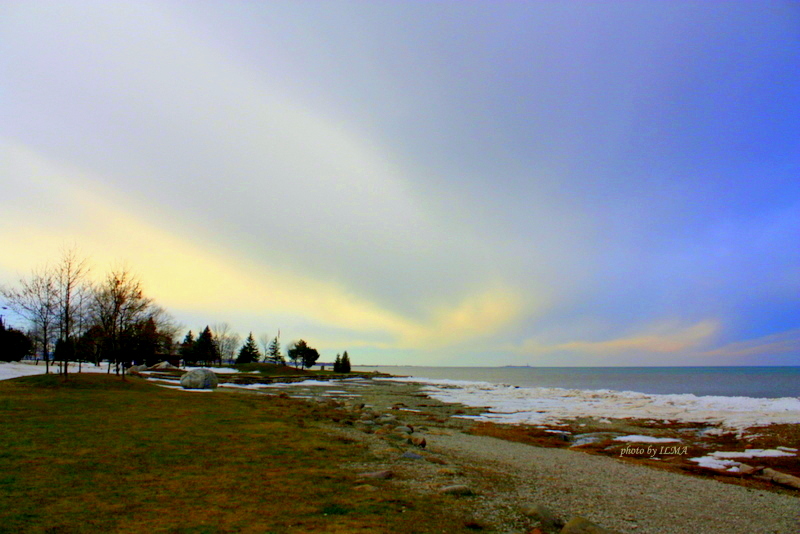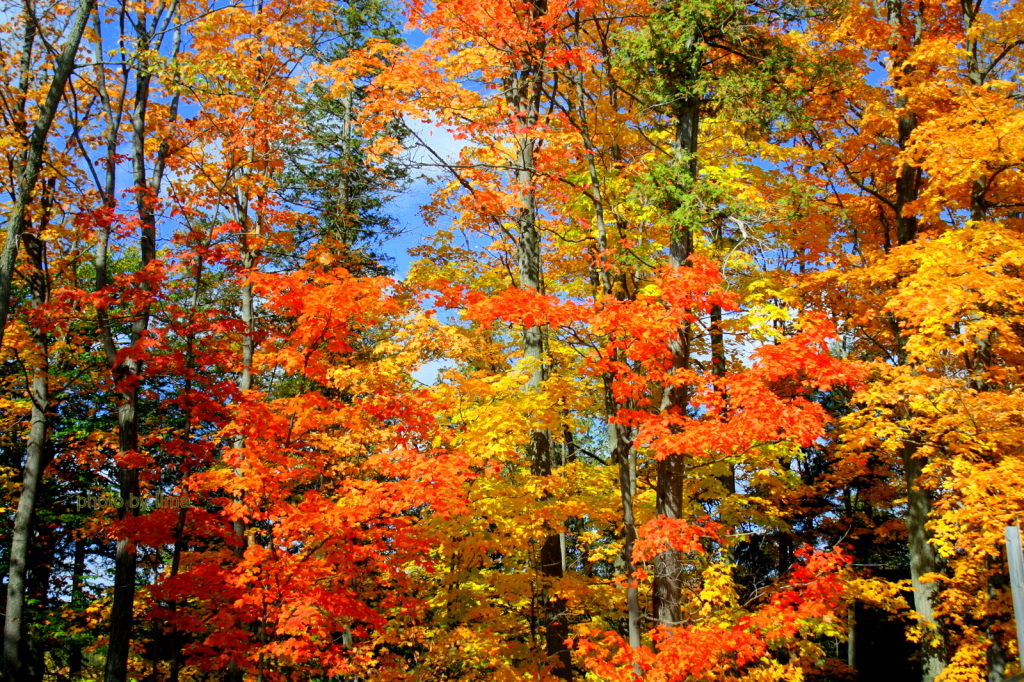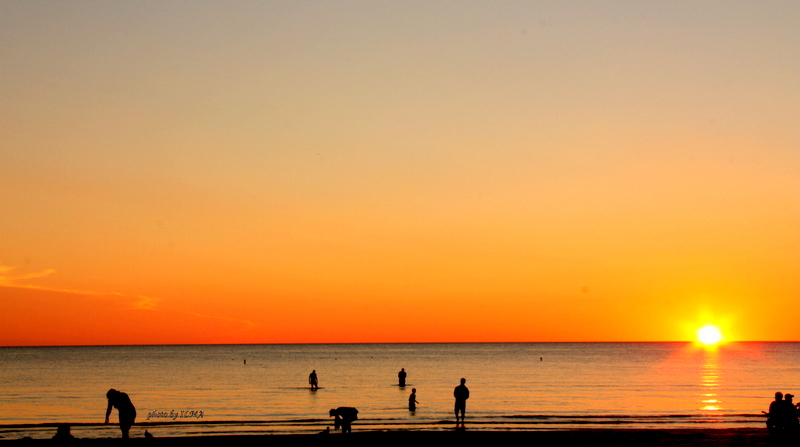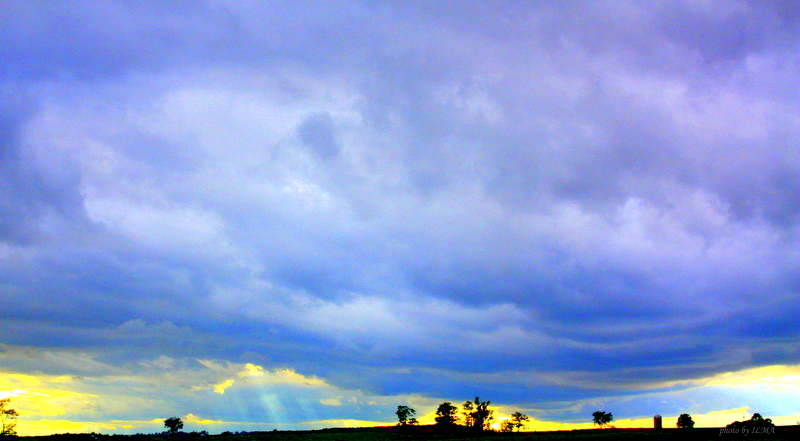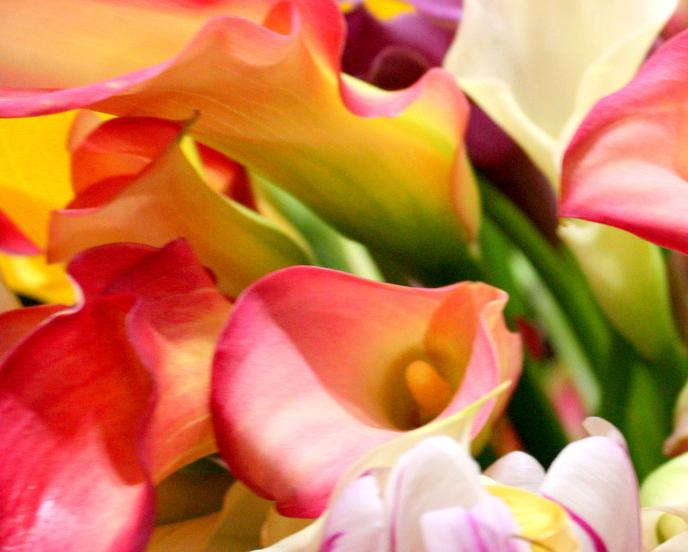EXODUS 28
“Then bring near to you Aaron your brother, and his sons with him, from among the people of Israel, to serve me as priests—Aaron and Aaron’s sons, Nadab and Abihu, Eleazar and Ithamar. 2 And you shall make holy garments for Aaron your brother, for glory and for beauty. 3 You shall speak to all the skillful, whom I have filled with a spirit of skill, that they make Aaron’s garments to consecrate him for my priesthood. 4 These are the garments that they shall make: a breastpiece, an ephod, a robe, a coat of checker work, a turban, and a sash. They shall make holy garments for Aaron your brother and his sons to serve me as priests. 5 They shall receive gold, blue and purple and scarlet yarns, and fine twined linen. – Exodus 28:1-5
EXODUS 28 GOD SELECTS HIS PRIESTS
A poem by ILMA inspired by these verses
The Lord asked Moses to call on his brother Aaron and his sons
Aaron, Abihu Eleazar and Ithamar were handpicked by the Lord
Moses was instructed to make garments for his brother and their sons
Breastpiece, ephod, robe, coat, sash and turban are to be their garments
The Lord provided artisans to skillfully make them for the priests
They were to use gold, blue and purple and scarlet fine twined linen.
Why did God choose Aaron and his sons as high priests? Even though they were sinful, the Lord picked them. Once again, this election of priests was to foreshadow the role of Jesus Christ as priest. Although Jesus didn’t come from Aaron’s lineage, Christ himself was chosen by God to become a high priest. He is a priest forever in the line of Melchizedek. Since Melchizedek is without father or mother, some commentaries attribute this as “eternal” just as Jesus is without beginning and without end as well.
The role of a priest is to intercede for the people in bringing their offerings and sacrifices to God for the atonement of their sins. Jesus did more than that. He became the offering when he died for us.
God specified to Moses the garments that were to be made for the priests. He wants them clothed in special garments to represent Christ’s royalty and priesthood.
REFLECTION
- What garments should God’s people wear according to Colossians 3:12-14?
